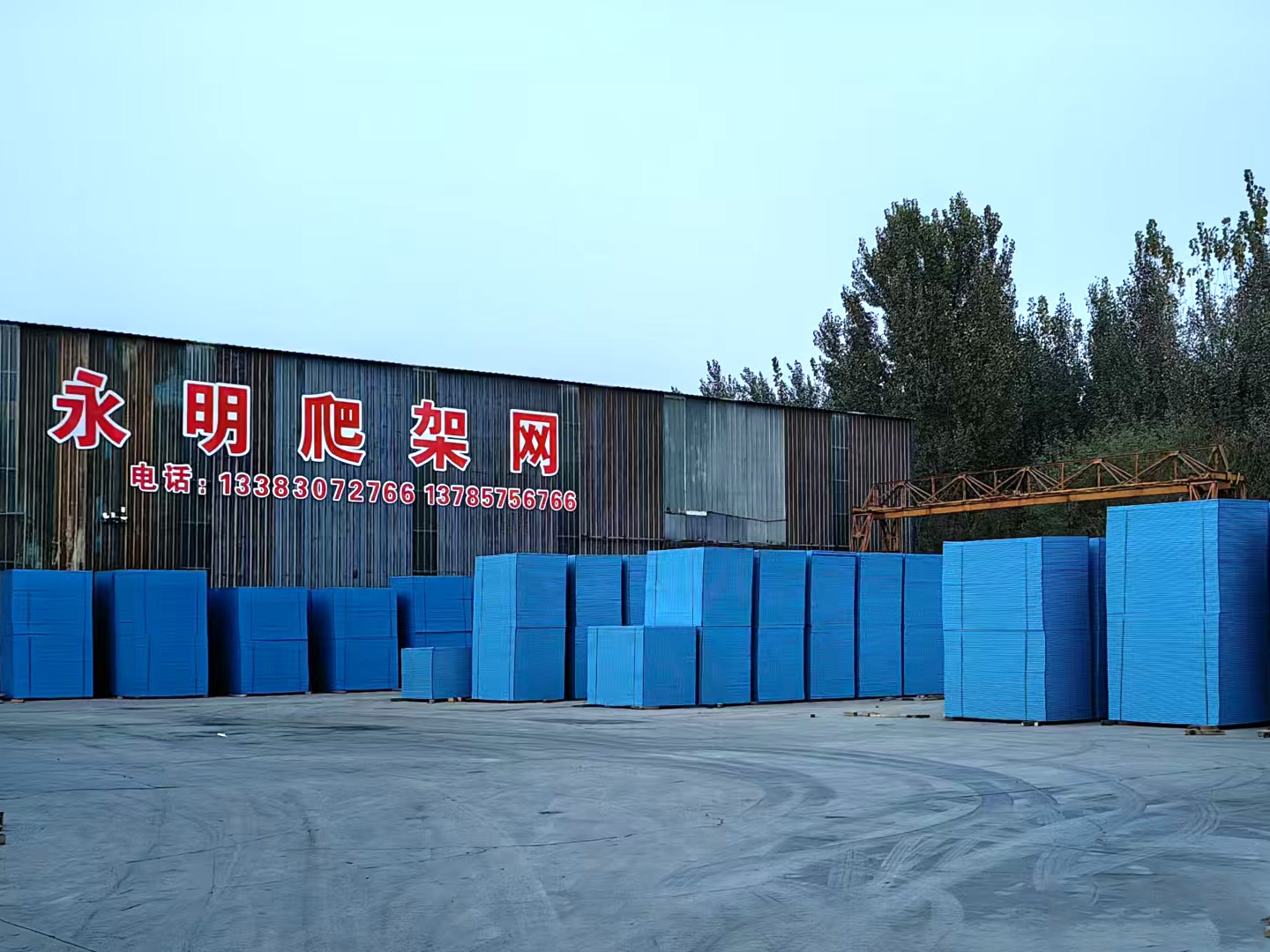Building Knowledge: The Art of Scaffolding in Learning
The Scaffold of Learning
Ever thought about how we build our knowledge? Much like constructing a house, learning requires a sturdy framework. Enter scaffolding—a term borrowed from the construction site, but oh-so-relevant in the world of education! This concept allows learners to explore new heights without the fear of falling into confusion or chaos.
What is Scaffolding?
Scaffolding, in the educational context, is a method where teachers (or more knowledgeable peers) provide support to students as they tackle new tasks or concepts. Imagine it as a safety net that gradually gets removed as the learner gains confidence and skill. Sounds simple, right? But the magic lies in how it’s implemented!
Why is Scaffolding Important?
Without scaffolding, students might feel overwhelmed—like trying to scale Mount Everest without any climbing gear! Here’s why it’s crucial:
- Boosts Confidence: When learners know there’s support available, they’re more likely to take risks and engage in challenging tasks.
- Encourages Independence: As students master skills, they gradually rely less on the scaffold, promoting self-sufficiency.
- Enhances Understanding: Scaffolding helps break down complex concepts into manageable chunks, making learning more digestible.
Types of Scaffolding Techniques
There’s no one-size-fits-all approach here, folks! Teachers often mix and match various scaffolding techniques tailored to specific learning goals. Here are some popular methods:
- Modeling: Demonstrating a task before asking students to try it out. Think of it as your trusty guide on a field trip!
- Questioning: Asking leading questions that guide students to discover answers on their own. It’s like giving them breadcrumbs to follow!
- Feedback: Offering constructive feedback that helps learners understand their mistakes and learn from them.
Real-World Applications of Scaffolding
So how does this all play out in the real world? Let’s take a peek at a few scenarios:
- In the Classroom: A teacher might introduce a new math concept by first reviewing simpler ones, gradually increasing the complexity.
- Online Learning: E-learning platforms often use video tutorials, quizzes, and forums to provide layered support.
- In the Workplace: New employees might undergo a structured training program that builds their skills step-by-step.
Challenges of Scaffolding
While scaffolding sounds like a dream, it’s not without its hiccups. Here are a few challenges educators might face:
- Over-Scaffolding: Providing too much support can hinder a student’s ability to tackle tasks independently.
- Under-Scaffolding: Conversely, not offering enough support can leave students floundering, unsure of how to proceed.
The Future of Scaffolding in Education
As we move further into the digital age, the concept of scaffolding will likely evolve. With advancements in technology, personalized learning experiences will become more accessible, allowing students to receive tailored support that meets their unique needs. Imagine a world where every student has a virtual scaffold, ready to assist them at every turn!
Final Thoughts
In the grand scheme of education, scaffolding is a vital tool that helps build a solid foundation for lifelong learning. By offering the right amount of support, educators can help students climb to new heights, ensuring they not only understand the material but also feel confident in their abilities. So, the next time you find yourself learning something new, remember: it’s all about having the right scaffold in place!
PREVIOUS:
Latest News
The purchase of the crawling net and the matters needing attention in safe use
Building crawl nets are more reliable than any other similar equipment








